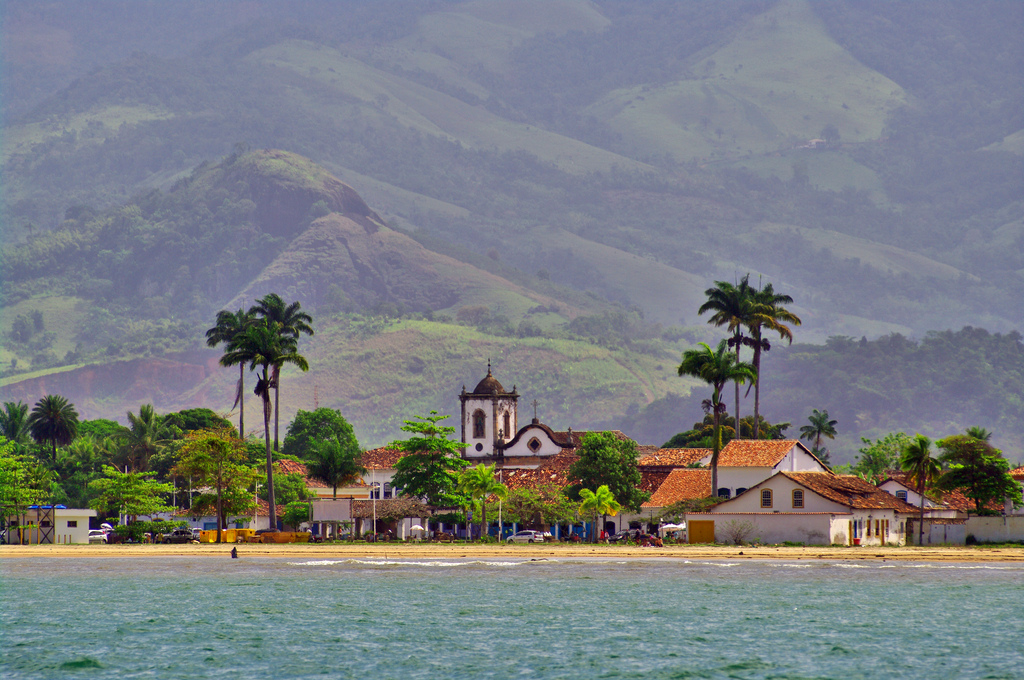About 500 hundred years ago, when the first European explorers arrived at Brazilian shores, this was the spectacular biome that captivated their eyes and imagination. Its original area is estimated to have been 1,000,000 to 1,500,000 sq km. Due to centuries of predatory exploitation and massive urban development across most of the extension of this biome, over 85% of its original area has been deforested. A great part of the Atlantic Forest is found along the Brazilian coastline, and its biggest preserved stretch is in the Lagamar Region, spread out between the coasts of the states of São Paulo and Paraná (Gondwana’s home state). Most Brazilian animal species threatened with extinction are from or live in the Atlantic Forest: the golden lion tamarin, the maned sloth, the thin-spined porcupine, and the little blue macaws. Still, new species are continually being found in this biome and some of its patches are believed to boast the highest level of biodiversity on the planet. This incredible biome includes several variations, from Restinga (a forest type that grows on stabilized coastal dunes) to Araucaria moist forests, and for all these reasons, it has been included in UNESCO’s World Heritage List, in 1999.
